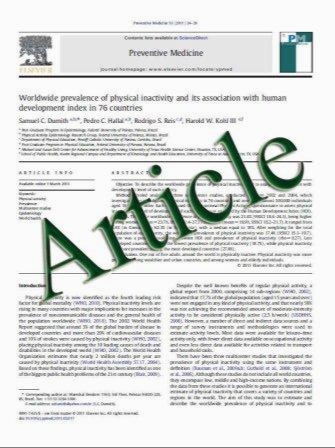Dynamic Computed Tomography Angiography: Role in the Evaluation of Popliteal Artery Entrapment Syndrome
- نوع فایل : کتاب
- زبان : انگلیسی
- مؤلف : Gopinathan Anil Kiang-Hiong Tay Tse-Chiang Howe Bien-Soo Tan
- چاپ و سال / کشور: 2010
Description
This study reviews our experience with dynamic computed tomographic angiography (CTA) as an imaging modality in the evaluation of popliteal artery entrapment syndrome (PAES). Eight patients with surgically proven PAES were included in this study. Dynamic CTA studies performed with the feet in neutral and plantar flexed positions were reviewed for the detailed anatomy of the region and to define the location and extent of the stenosis, occlusions and collateral circulation. These findings were compared with intraoperative observations. CTA provided adequate angiographic and anatomic information required to arrive at the diagnosis and make a surgical decision. Thirteen limbs were affected in eight patients. There was popliteal artery occlusion in four limbs, stenosis at rest that was accentuated on stress imaging in two limbs, and patent popliteal artery with marked stenosis on stress imaging in seven limbs. Long-segment stenosis was seen in functional entrapment compared to short-segment stenosis in anatomic PAES. Anteroposterior compression of the popliteal artery in anatomic PAES unlike the side-to-side compression in functional PAES was a unique observation in this study. The CTA and surgical characterisation and classification of PAES matched in all the patients, except for misinterpretation of compressing fibrous bands as accessory slips of muscles in three limbs. In conclusion, dynamic CTA is a robust diagnostic tool that provides clinically relevant information and serves as a rapidly performed and easily available ‘‘one-stop–shop’’ imaging modality in the management of PAES.
Cardiovasc Intervent Radiol (2011) 34:259–270 DOI 10.1007/s00270-010-9925-8 ] Received: 20 February 2010 / Accepted: 4 June 2010 / Published online: 29 June 2010


